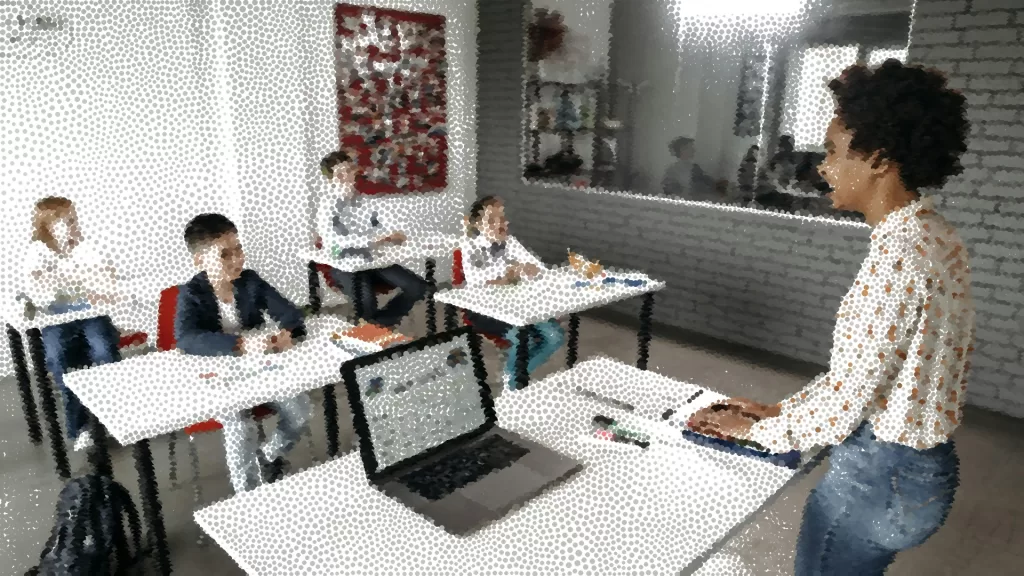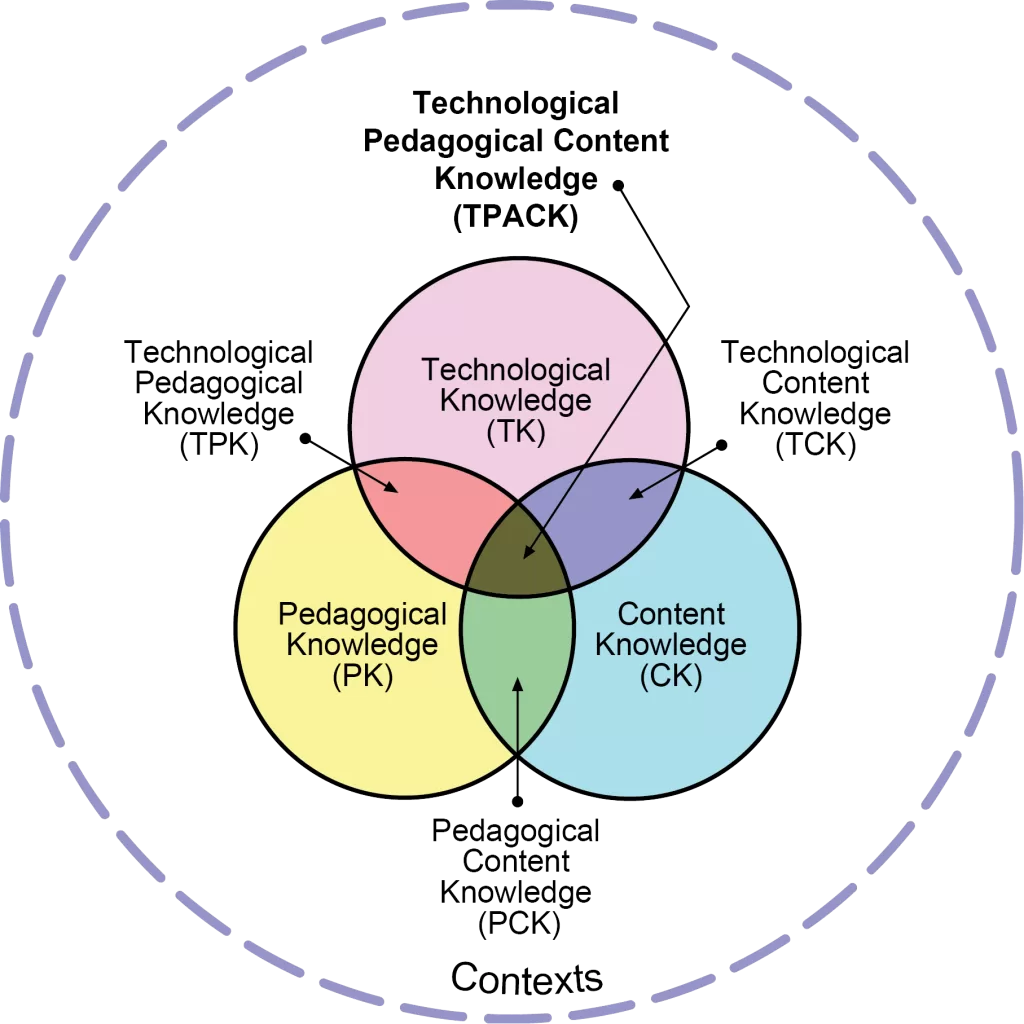
The phrase “pedagogy first” has long been a go-to in discussions about technology in the classroom. It reminds us that the real engine of learning lies not in the devices we use, but in the processes of teaching and learning themselves. Yet recently this notion has come under criticism.
Too often, detractors present a narrow caricature of pedagogy, as if it were simply concerned with the mechanisms involved in the transmission of knowledge, and then dismiss the whole concept as rigid, outdated, and inattentive to the needs of either teachers or students. This position lacks nuance.
However, there is a kernel of truth in this critique. Approaches such as TPACK, and more recently the idea of entangled pedagogy, highlight that pedagogy and technology do not sit in neat, separate compartments. Instead, they shape each other in practice.

A digital tool can open up possibilities for questioning, feedback, or collaboration that were not available before. Teachers rightly experiment and adapt, and in the process pedagogy itself evolves.
This insight matters, but it can also tip too far. If we begin to treat pedagogy and technology as equivalent forces, we risk overstating the role of the tool and understating the role of the teacher. They are not equals. Pedagogy is rooted in the enduring realities of how human beings learn. Technology can amplify, extend, or even transform aspects of that process, but it cannot replace the expertise and impact of teachers.
Seen in this light, pedagogy first is not a call to conservatism. Nor is it an appeal to ignore the transformative potential of technology. Rather, it is a reminder of priority. Learning happens inside people, not inside devices. Tools will inevitably come and go, but the processes of learning —memory, attention, motivation, dialogue— remain remarkably consistent. The task of the teacher therefore is to build deep expertise in those processes, while remaining open to what new tools might make possible.
So perhaps pedagogy first needs a fresh reading. Not processes versus tools, but processes before tools. Anchored in what we know about how learning happens, we can approach technology neither as gimmick nor as panacea, but as a set of possibilities to be tested against the enduring tenets of good pedagogy.
That, after all, is the real strength of the principle: it is not about rejecting the future, but about ensuring that when it arrives, we are ready to harness it wisely.
“It’s not the tools you have faith in. Tools are just tools. They work, or they don’t. It’s people you have faith in or not.”
— Steve Jobs
Subscribe to my newsletter
- Actionable insights on leadership, learning, and organisational improvement
- Thought-provoking reflections drawn from real-world experience in schools and beyond
- Curated resources on effective practice and digital strategy
- Early access to new articles, events, and consultancy updates
- Invitations to subscriber-only webinars, Q&As, and informal conversations
- Clarity, not clutter—you will not be bombarded by emails
Cancel or pause anytime.
Leave a Reply